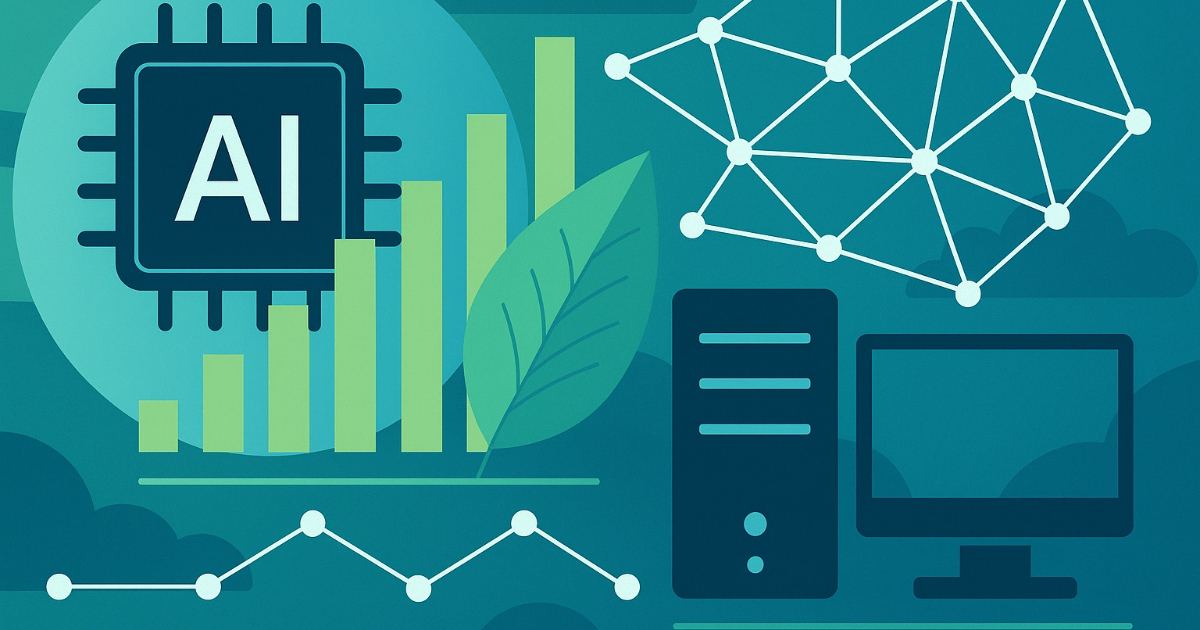FreeFuse: Multi-Subject LoRA Fusion via Auto Masking at Test Time
PositiveArtificial Intelligence
The introduction of FreeFuse marks a significant advancement in the field of text-to-image generation. This innovative approach eliminates the need for complex training processes by utilizing automatic fusion of multiple subject LoRAs, making it easier and more efficient for developers and researchers. By leveraging context-aware dynamic subject masks derived from cross-attention, FreeFuse offers a fresh perspective on generating images from text, potentially transforming how we create visual content and enhancing the capabilities of machine learning applications.
— Curated by the World Pulse Now AI Editorial System



